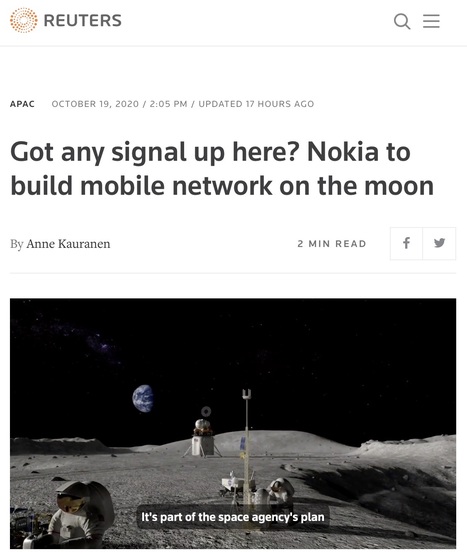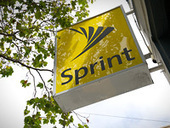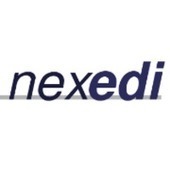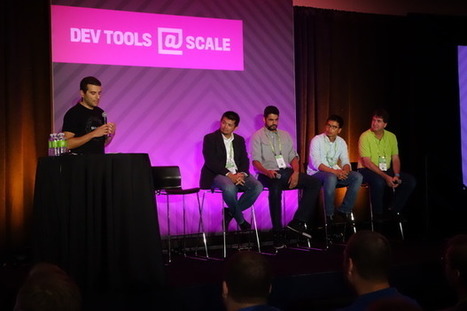Communiqué de presse
Paris, le 16 juin 2017.
Nexedi offre à l'Etat de couvrir la France en très haut débit en moins de 12 mois pour 200 millions d'euros et sur la base de technologies exclusivement françaises dont l'ensemble du code source est libre ou souverain.
Comme le rapporte Numerama, un rapport de la Cour des comptes consacré au plan « France Très Haut Débit » a jugé très sévèrement la stratégie actuelle. Il considère notamment que les évaluations faites par le gouvernement Hollande pour raccorder la totalité des Français ne sont absolument pas réalistes. Ce n’est pas 20 milliards d’euros que le plan coûtera à la nation mais 34,9 milliards, soit 75 % de plus.
Le Président de la République considère que le plan Très Haut Débit actuel n'est pas réaliste en l'état. Si on veut raccorder tout le pays d'ici 2022, il faut réduire le rôle de la fibre optique et mettre davantage l'accent sur d'autres solutions, comme la 4G. Pour raccorder tout le territoire en fibre, à supposer que cela en vaille la peine, « il faudra des années, parfois des décennies », a-t-il prophétisé. Et comme le rapporte Nextinpact, le président de la République a déclaré qu'« il ne faut pas mentir aux gens ». La fibre ne sera pas rapidement déployée « jusqu'au dernier kilomètre, dans le dernier hameau », du moins pas avant des décennies.
Nexedi souscrit à cette analyse et propose de la mettre en pratique sous 12 mois avec du matériel et du logiciel "Made in France". Ce matériel déjà déployé par l'armée française et la SNCF permet d'obtenir un résultat meilleur pour un coût dix fois inférieur aux solutions d'infrastructure "Made in China" généralement utilisées par les opérateurs.
Il repose sur les produits d'un consortium de sociétés françaises (Air-Lynx, Amarisoft, AW2S, BJT Partners, Horizon Computing et Nexedi) qui constitue l'unique constructeur français d'infrastructures LTE (4G/future 5G) suite au rachat d'Alcatel et qui fait déjà l'objet d'un soutien de BPI France dans le cadre de son programme "Grands Défis du Numérique".
L'offre de Nexedi permet de réaliser un réseau 4G autonome à 300 Mbps ou 1 Gbps pour un investissement de 5000€ par site ou village et un coût récurrent annuel de moins de 500€ par site ou village. L'enveloppe de 200 M€ permet de couvrir de l'ordre de 20.000 sites et de les relier par une combinaison de liaisons radio ou satellitaires aux grandes infrastructures fibrées déjà en place ou à venir, tout en fournissant à l'armée une solution de communication résiliente (PMR).
Nexedi a démontré depuis 10 ans sa capacité à réaliser des infrastructures fiables à bas coût dans des domaines où les grands opérateurs nationaux échouent. Ainsi, Cloudwatt et Numergy ont bénéficié d'aides publiques considérables sans parvenir pour autant à livrer un cloud souverain compétitif. Au contraire, Nexedi a développé pour un coût 100 fois inférieur le logiciel de Edge Cloud "SlapOS" qui est désormais au coeur du succès du projet Teralab (hébergement Big Data souverain utilisé par de nombreux acteurs du CAC40).
L'absence de couverture des zones blanches conduit à positionner la France entre l'Iran et le Kazakhstan en termes de pénétration de la 4G. L'absence de progrès dans le domaine du haut débit depuis 15 ans relève de blocages comportementaux des grands opérateurs qui préfèrent les infrastructures "Made in China" aux solutions sur base Amarisoft pour la couverture LTE, comme ils préfèrent pour leur business cloud les solutions "Made in China" à SlapOS, quitte à dépenser 10 à 100 fois plus qu'avec des technologies souveraines issues de PME françaises et déjà exportées.
L'offre de Nexedi est valable jusqu'au 14 juillet 2017.



 Your new post is loading...
Your new post is loading...














Houston, we have a 4G license.